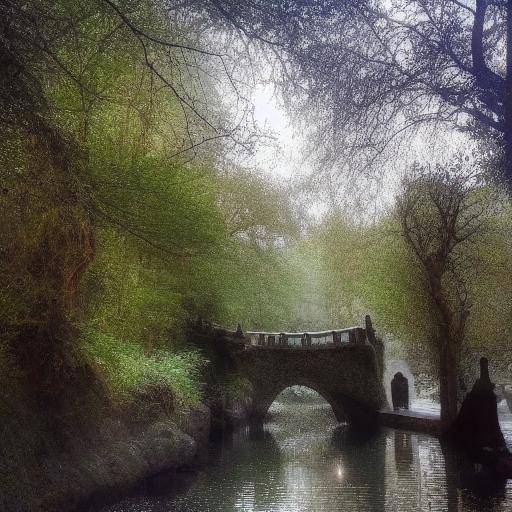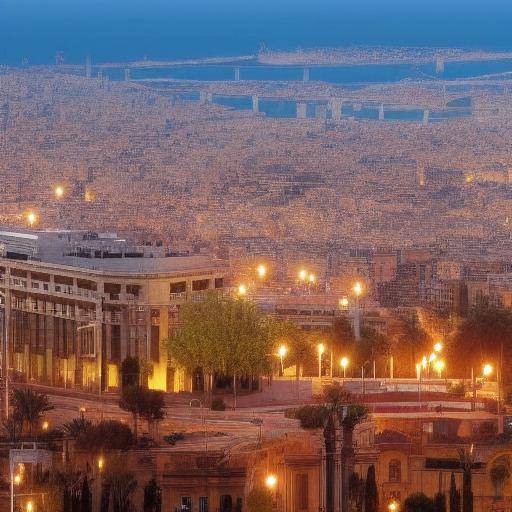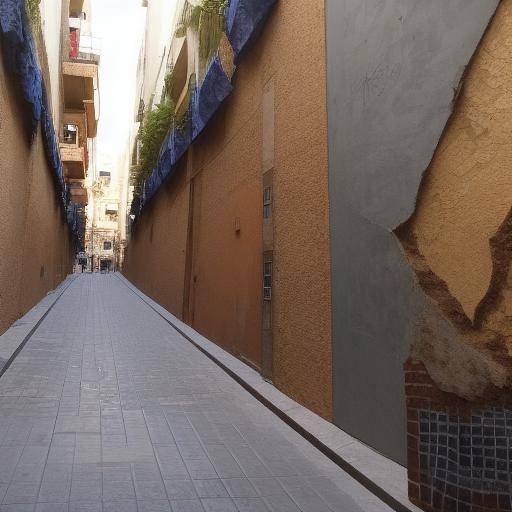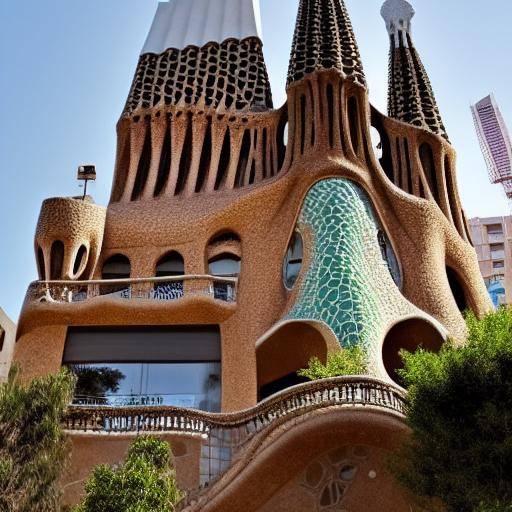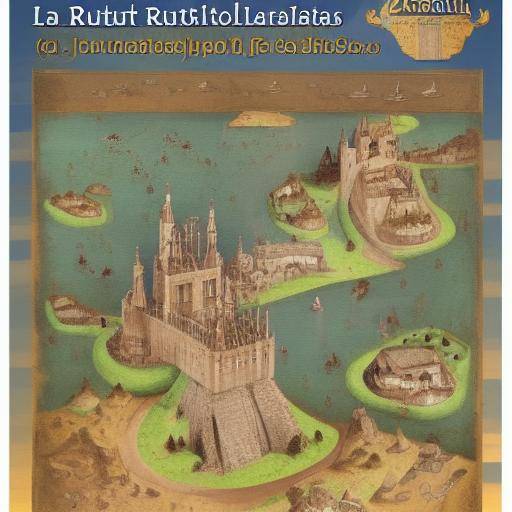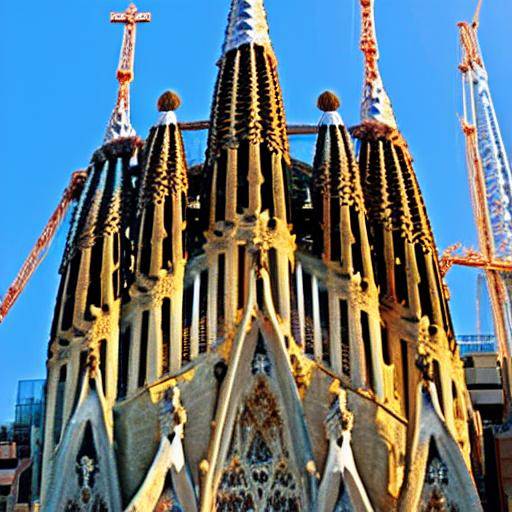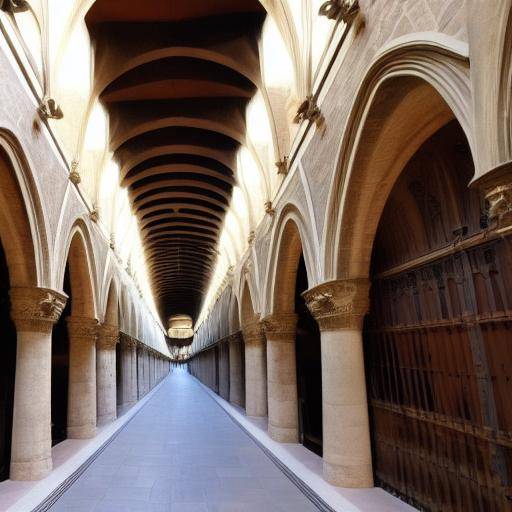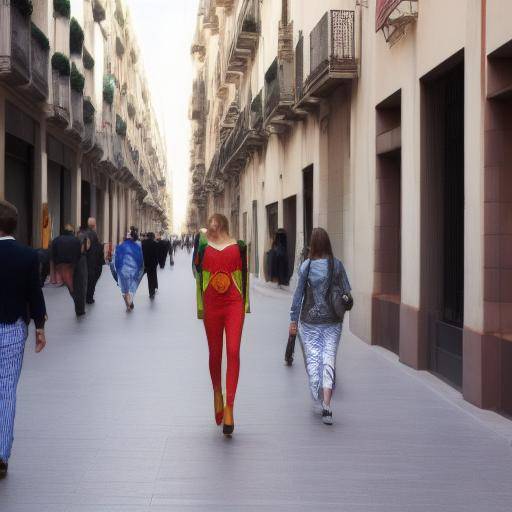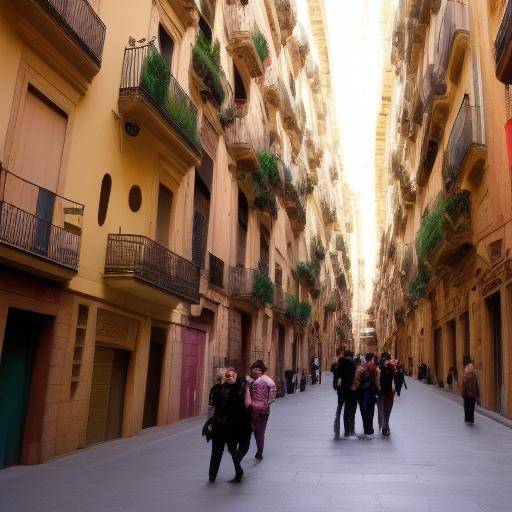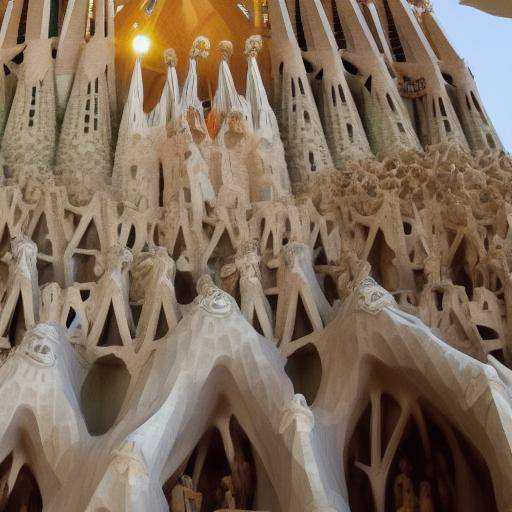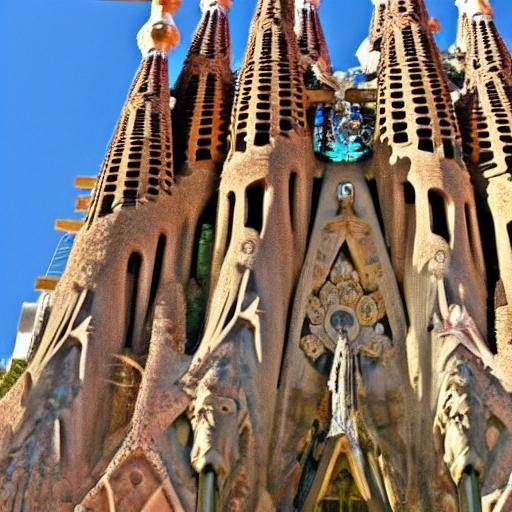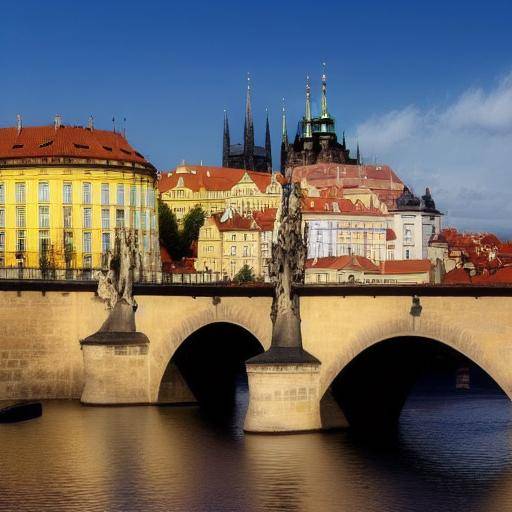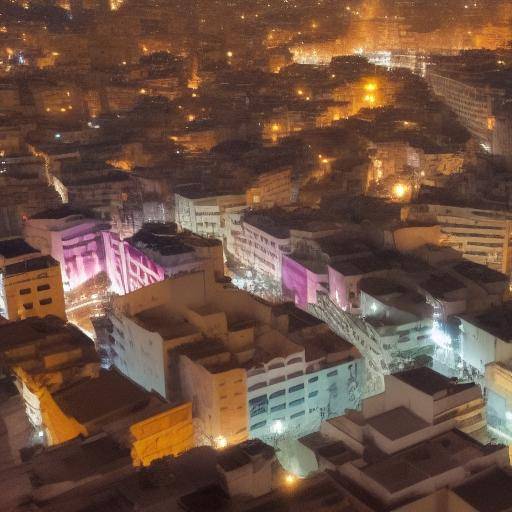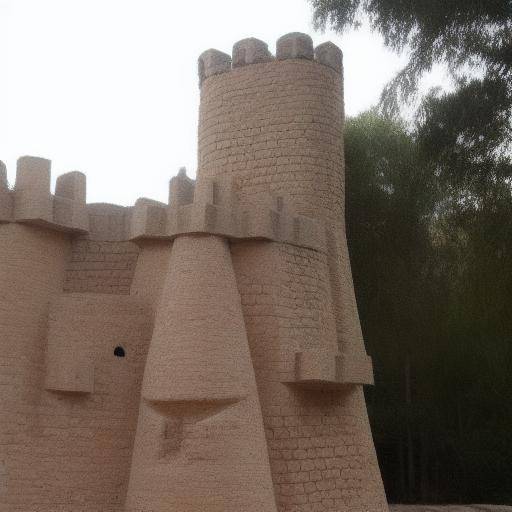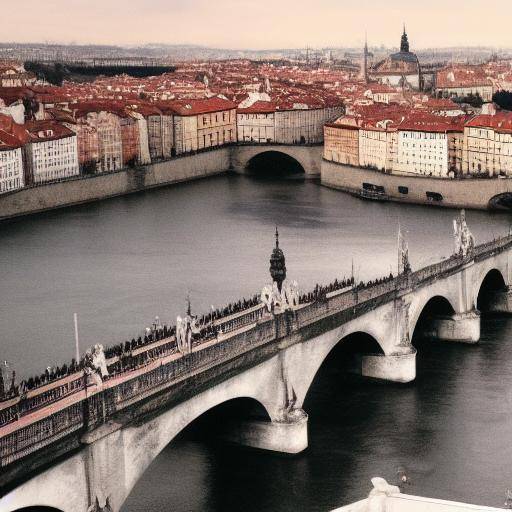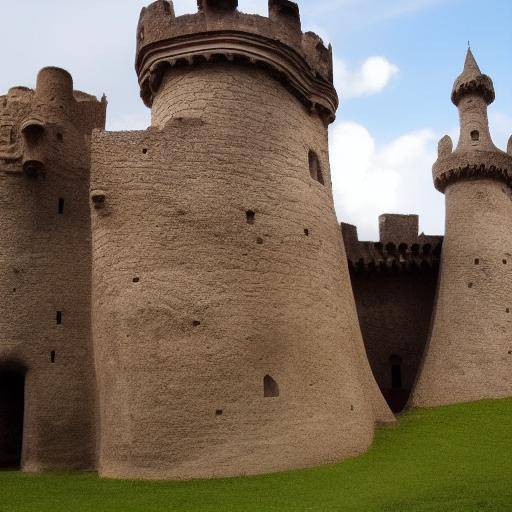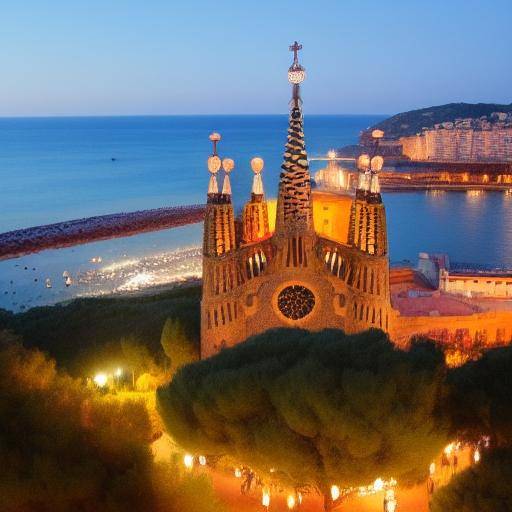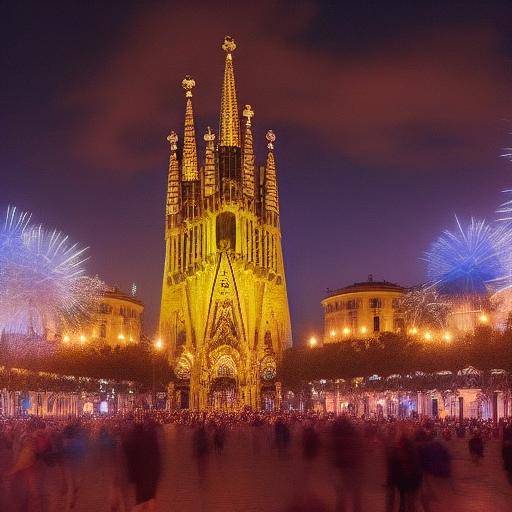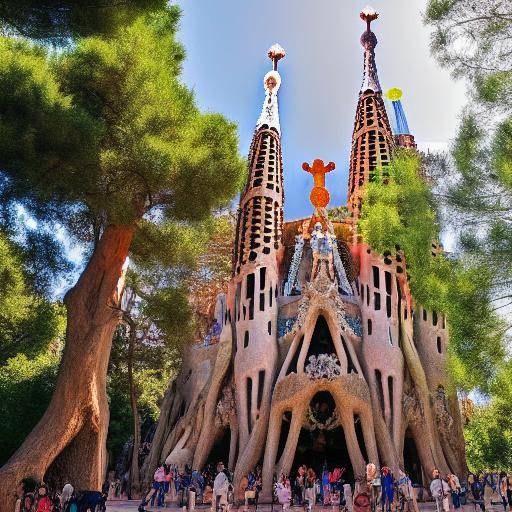
The Gothic Quarter of Barcelona is a place full of charm, history and medieval architecture, where every corner is impregnated with culture and tradition. Its narrow cobbled streets, majestic Gothic churches and centuries-old buildings offer a unique experience that transports visitors and locals to past times. In this article, we will explore in depth this emblematic neighborhood, analyzing its architecture, its history, and its influence in the city of Barcelona. Discover with us the best kept secrets of the Gothic Quarter and love your timeless beauty.
Introduction
The Gothic Quarter, located in the heart of Barcelona, is one of the most fascinating places in the city. Its narrow and labyrinthic alleys, its lively squares and its historic buildings witness centuries of history and culture. In this article, we will immerse ourselves in the fascinating medieval architecture of the Gothic Quarter, explore its evolution over time and discover the architectural jewels that make it an indispensable destination for lovers of history and architectural beauty.
History and Background of the Gothic Quarter
The Gothic Quarter of Barcelona has its roots in the Roman era, when the city was founded. As civilizations have left their mark in this region, the Gothic Quarter has experienced significant transformations, becoming an important cultural and architectural centre. From the construction of the Barcelona Cathedral to the influence of Gothic architecture in the region, each stone in this district tells a unique story.
In the course of the centuries, the Gothic Quarter has witnessed historical events of great relevance, such as the Spanish Civil War, which left its mark on the architecture and the urban landscape. Today, the Gothic Quarter is both a tourist centre and a vibrant place where history and modern life coexist.
Analysis in Deepness of the Gothic Architecture
The Gothic architecture, omnipresent in the Gothic Quarter, is known for its high vaults, pointed arches, and ornamental details that distinguish it from other architectural styles. The majestic Cathedral of Barcelona, with its intricate sculptures and Gothic windows, is a paradigmatic example of Gothic architecture that defines the urban landscape of the neighborhood.
In the context of Gothic architecture, the influence of figures such as Antoni Gaudí and Lluís Domènech i Montaner has left their mark in the city, with modernist buildings that coexist in harmony with Gothic and Romanesque structures. The interaction between these architectural styles creates a unique landscape that highlights the historical and artistic wealth of the neighborhood.
Integral Review of the Gothic Quarter, Barcelona and the Gothic Architecture
The Gothic Quarter, Barcelona and Gothic architecture share a symbiotic relationship that defines the identity of the city. The historic richness of the neighborhood, the architectural diversity of Barcelona and the influence of Gothic architecture are intertwined to create a unique environment, where the past and the present merge harmoniously.
The preservation and restoration of historical buildings, the promotion of cultural tourism and the influence of Gothic architecture in contemporary times are aspects that reflect the importance of keeping alive the architectural heritage of the Gothic Quarter and Barcelona as a whole.
Practical Tips and Recommendations
If you plan to visit the Gothic Quarter, we recommend you explore its alleys calmly, discover its hidden squares and visit its many local shops and boutiques. Do not miss the opportunity to taste Catalan cuisine in the cosy restaurants of the area. Also, make sure to book time to visit the architectural jewels such as the Barcelona Cathedral and the Palau de la Música Catalana, where the Gothic and Modernist architecture will captivate you with its splendor.
Conclusion
The Gothic Quarter of Barcelona is much more than a mere tourist destination. It is a living testimony of the historical and cultural evolution of the city, a place where medieval architecture intertwines with contemporary life. From its cobbled streets to its imposing buildings, the Gothic Quarter offers an unforgettable experience for those who seek to immerse themselves in the history and architecture of Barcelona.
Exploring the Gothic Quarter is not only a journey in time, but also an opportunity to understand the influence of Gothic architecture on the identity of the city. Whether you're a history enthusiast, an architecture lover or just a curious traveler, Barcelona's Gothic Quarter has something special reserved for you.
Frequently asked questions
What is the best way to get to the Gothic Quarter of Barcelona?
Most people arrive in the Gothic Quarter walking from the famous Ramblas or from Plaza Catalunya. You can also access through public transport, such as the metro or bus.
What outstanding attractions can be found in the Gothic Quarter?
The Gothic Quarter hosts numerous attractions, including Barcelona Cathedral, Plaça del Rei, Plaza Sant Jaume, the Barcelona History Museum, among others.
What is the story behind the Gothic architecture in Barcelona?
The influence of Gothic architecture in Barcelona dates back to the Middle Ages, when the city experienced a boom in the construction of Gothic churches and buildings, reflecting the power and influence of the Catholic Church in the region.
What kind of shops and restaurants can be found in the Gothic Quarter?
The Gothic Quarter has a wide variety of craft shops, fashion boutiques and restaurants offering traditional Catalan delicacies, as well as international cuisine.
What is the best time of the year to visit the Gothic Quarter?
Barcelona is pleasant all year round, but spring and autumn are usually the ideal seasons to visit the Gothic Quarter, as the climate is mild and the crowds are smaller than in summer.
What is the historical importance of the Gothic Quarter today?
The Gothic Quarter is a living testimony of the rich history of Barcelona and has been designated as a World Heritage Site by UNESCO due to its cultural and historical value.
With this information, you are prepared to explore the charming Gothic Quarter of Barcelona and immerse yourself in its fascinating medieval architecture.

